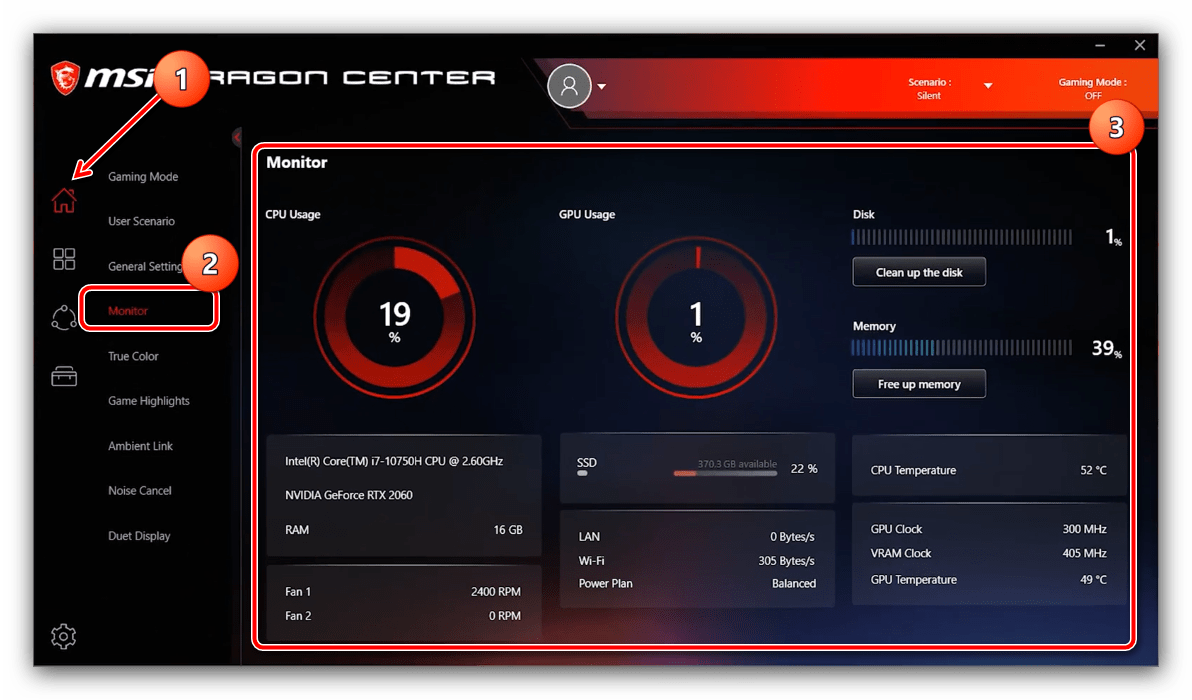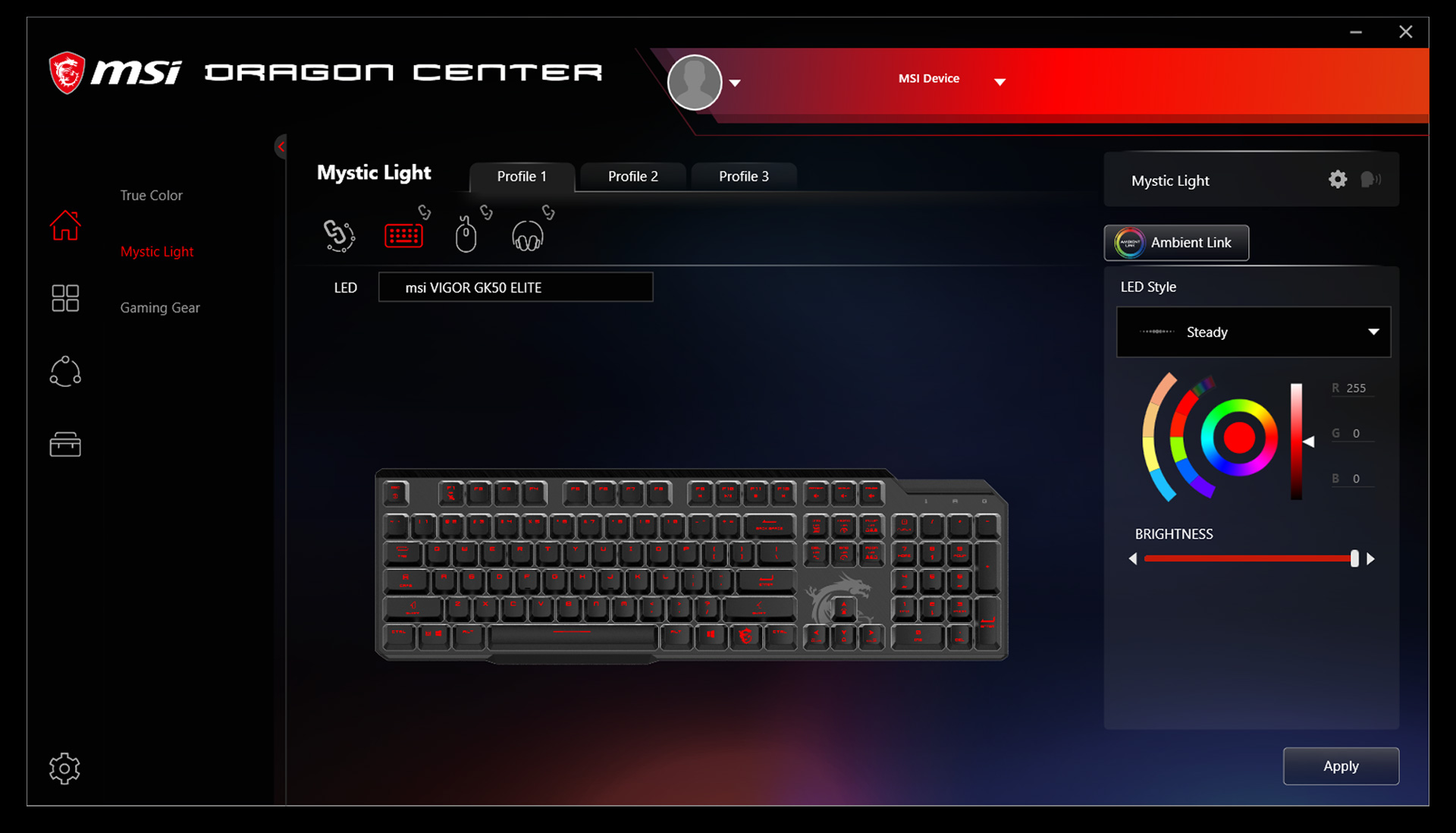
For this laptop model, the tool msi-perkeyrgb AUR provides partial control. The Steel Series lights on the keyboard cannot be configured with msi-keyboard-git AUR because this tool only works with region-based RGB lighting. But NVENC/NVDEC does not depend on X and could be used with tools like ffmpeg and gstreamer, and the Intel Quick Sync VAAPI also works, so missing VDPAU is a minor issue.Īn issue when sleeping is that the networking will be disabled when waking and set to airplane mode. It looks like the only one is inability to use VDPAU hardware video decoding, though to be honest it could be used directly on DISPLAY=:8 as an ugly hack (make sure your WM ignores the external screen first). If not - check that intel-virtual-output -b successfully run the X server on DISPLAY=:8 and the xrandr -d :8 -q shows the connected monitor. Xrandr -output VIRTUAL1 -right-of eDP1 -preferredĮxternal monitor should be under the VIRTUAL1 output in xrandr -q. Use xrandr or other tool to turn on the monitor and adjust its position. Set the /etc/bumblebee/ contents to make Xorg launched by intel-virtual-output to use the Nvidia GPU:Ħ. Configure Xorg to use the intel (not the modesetting) video driver for the Intel GPU.

Install bumblebee and xf86-video-intel.Ģ.

Instructions to get the external monitor working on the HDMI and DP ports on MSI GS65:ġ. See Bumblebee#Output wired to the NVIDIA chip, though configuration from there possibly would not work as is. Thunderbolt port is wired to Intel GPU thus allowing for external monitor to be used with Nvidia GPU off.

The HDMI and DP ports are wired to the Nvidia GPU, so some additional actions required to make the multihead to work with monitors connected to this ports. pcie_aspm=off will allow most things to work: keyboard, touchpad, USB 3 devices, NVidia card.pci=nomsi or acpi=off acpi=force allows to boot and have working keyboard and touchpad, but the NVidia card will not work neither will the USB3 ports.



 0 kommentar(er)
0 kommentar(er)
